Results
-
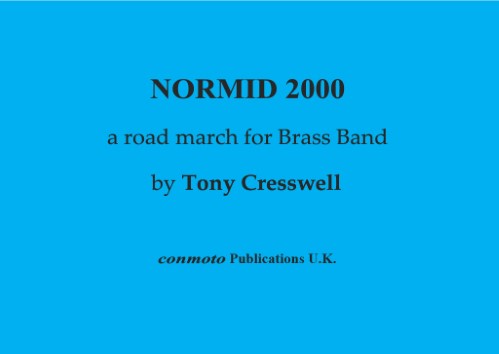 £8.50
£8.50NORMID 2000 (score) - Tony Cresswell
Printed on march card size paper with a full score.
In Stock: Estimated dispatch 1-3 working days
-
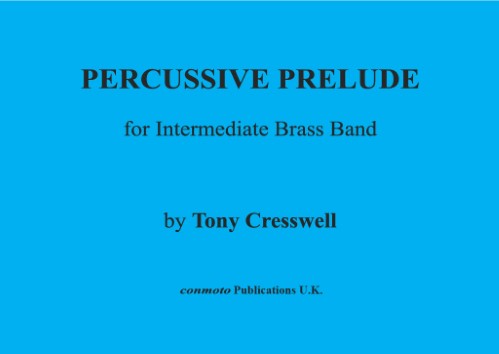 £27.50
£27.50PERCUSSIVE PRELUDE (score & parts) - Cresswell, Tony
Also contains orchestral brass parts.
In Stock: Estimated dispatch 1-3 working days
-
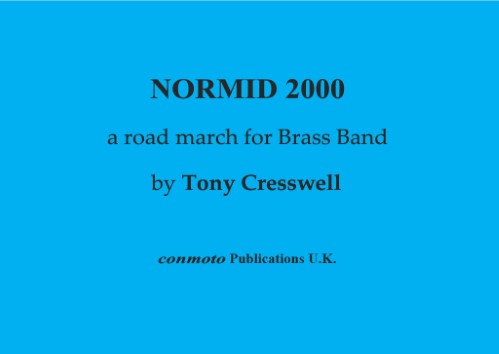 £22.95
£22.95NORMID 2000 (score & parts) - Tony Cresswell
Printed on march card size paper with a full score.
In Stock: Estimated dispatch 1-3 working days
-
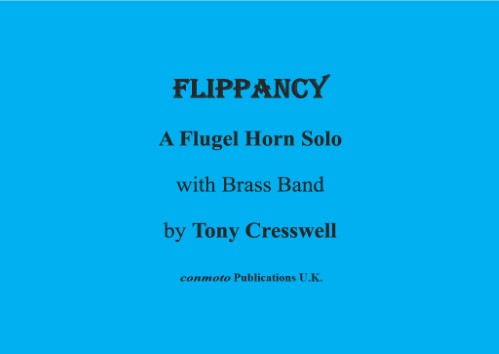 £8.50
£8.50FLIPPANCY (score) - Cresswell, Tony
If you require further information on FLIPPANCY (score), please
In Stock: Estimated dispatch 1-3 working days
-
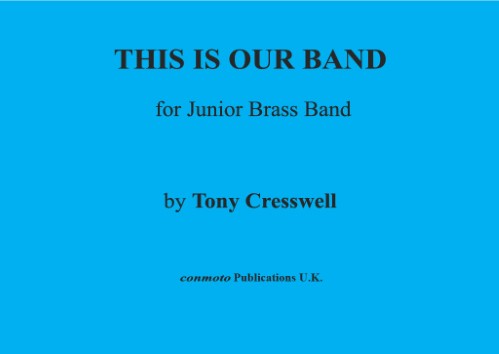 £11.50
£11.50THIS IS OUR BAND (score) - Cresswell, Tony
If you require further information on THIS IS OUR BAND (score), please
In Stock: Estimated dispatch 1-3 working days
-
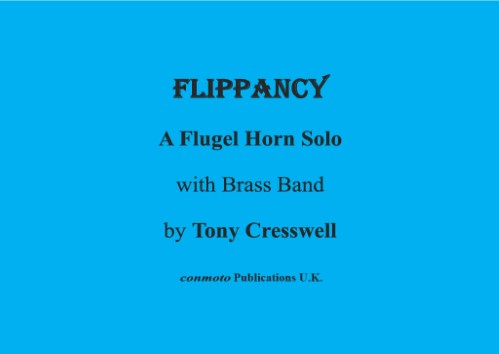 £27.50
£27.50FLIPPANCY (score & parts) - Cresswell, Tony
If you require further information on FLIPPANCY (score & parts), please
In Stock: Estimated dispatch 1-3 working days
-
 £8.50
£8.50GRANITE (score) - Cresswell, Tony
Written for the junior section of the band, granite was the material used to build houses in the early days of this area of Leicestershire.
In Stock: Estimated dispatch 1-3 working days
-
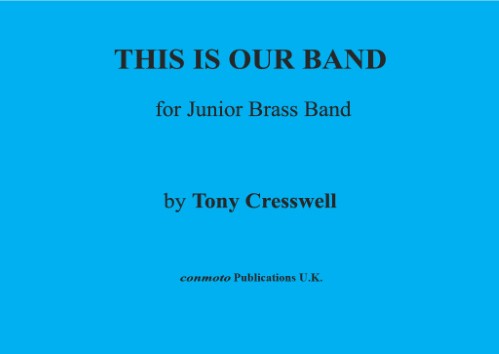 £37.50
£37.50THIS IS OUR BAND (score & parts) - Cresswell, Tony
If you require further information on THIS IS OUR BAND (score & parts), please
In Stock: Estimated dispatch 1-3 working days
-
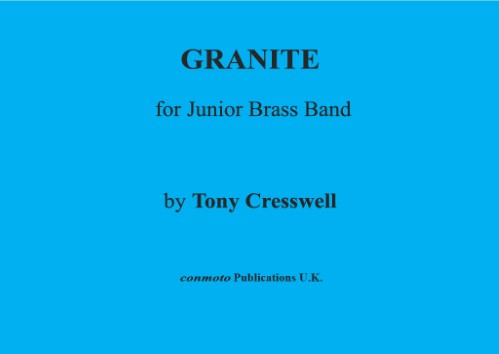 £27.50
£27.50GRANITE (score & parts) - Cresswell, Tony
Written for the junior section of the band, granite was the material used to build houses in the early days of this area of Leicestershire.
In Stock: Estimated dispatch 1-3 working days
-
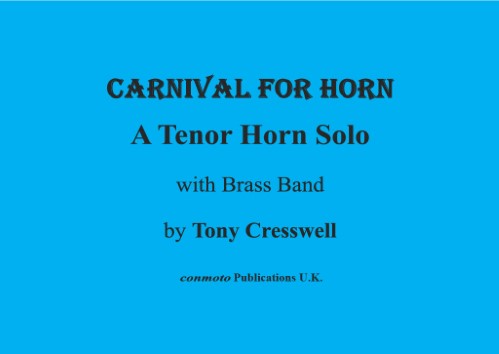 £8.50
£8.50CARNIVAL FOR HORN (score) - Cresswell, Tony
re-set December 2018 to coincide with inclusion of the piano accompaniment version being included on the new ATCL syllabus from Trinity College
In Stock: Estimated dispatch 1-3 working days
